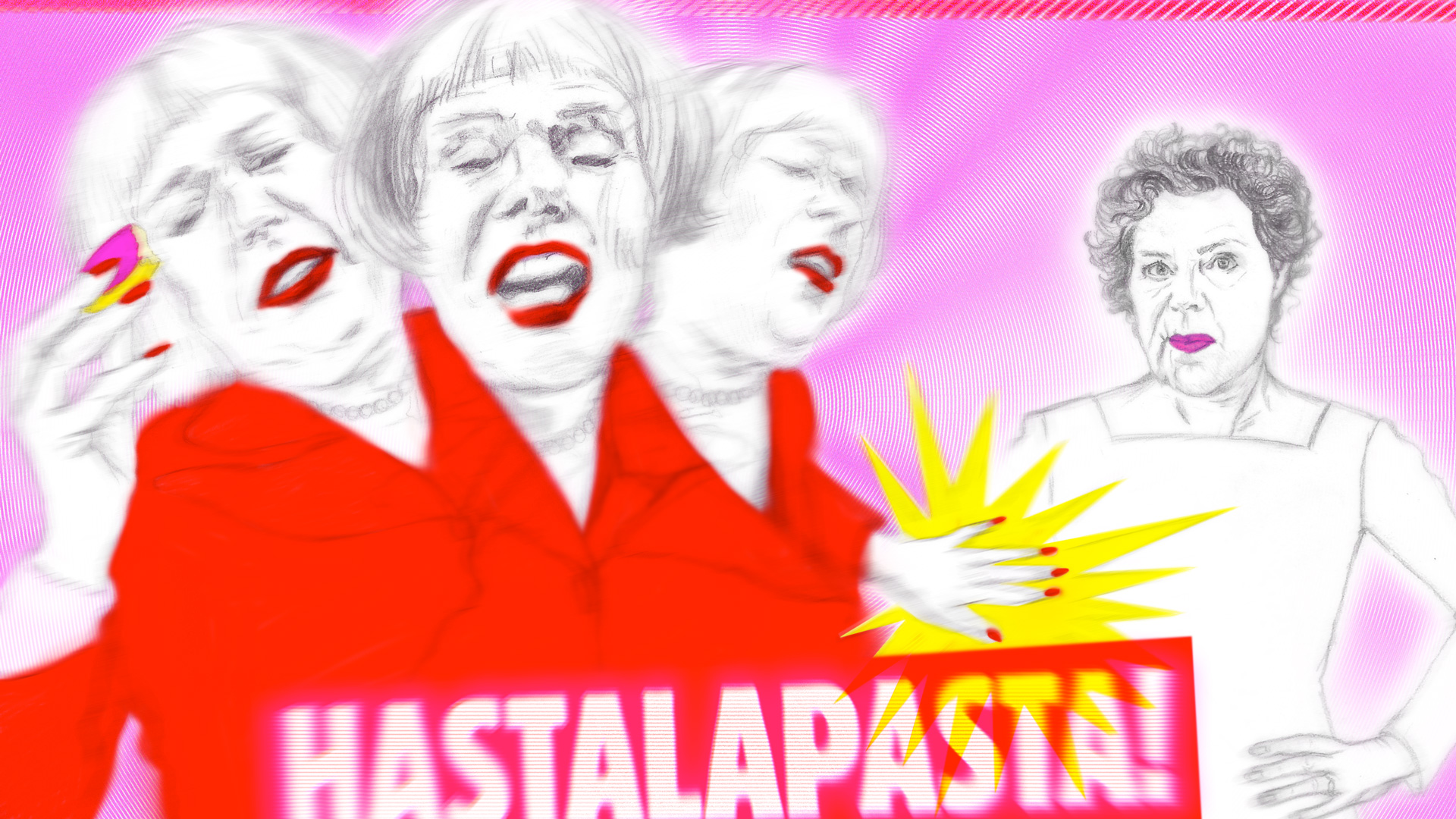On Friday September 3rd, AICA International hosted a webinar titled Decolonisation in the Museum: Interrogating the History of Slavery. Written by Laura Kneebone
This focused on two exhibitions: Slavery at the Rijksmuseum Amsterdam in 2021, and Afro-Atlantic Histories at the Museo de Arte de São Paulo (MASP) in 2018. This programme was the first in the Ruptured Histories Project, launched to question decolonisation from a range of vantage points. After opening with talks by the curators of each exhibition, Valika Smeulders and Adriano Pedrosa, the subject was commented on by Anthony Bogues from Brown University’s Center for the Study of Slavery and Justice and Babacar Mbaye Diop, director of the 11th Dakar Biennale and chair of AICA Senegal. What are the long term effects of these exhibitions on their institutions, according to the curators? Read more








U moet ingelogd zijn om een reactie te plaatsen.